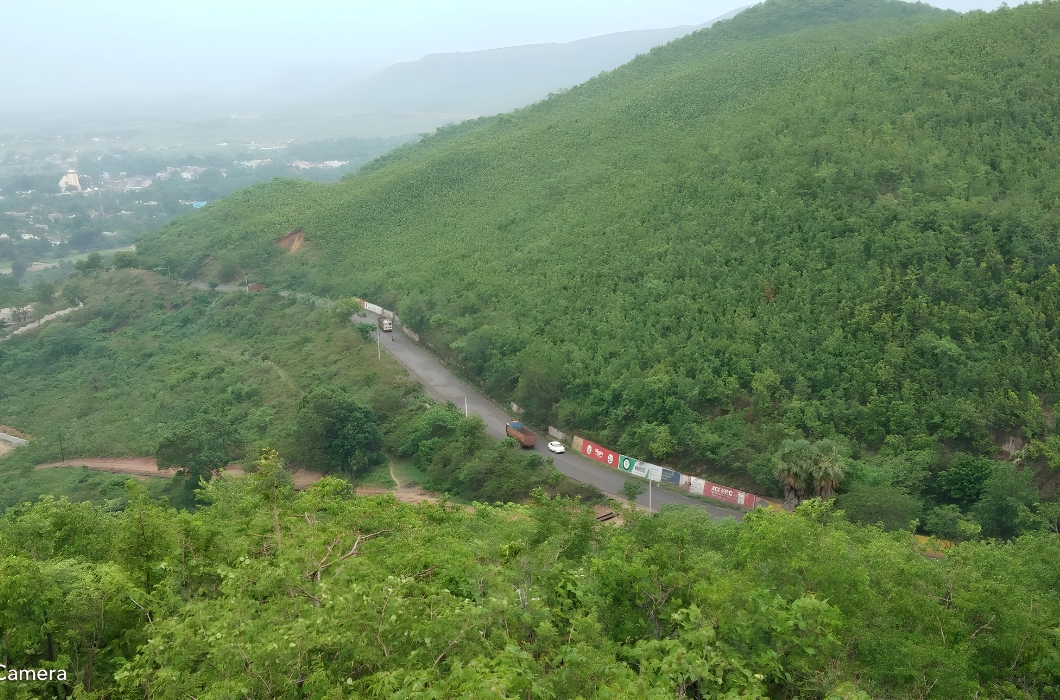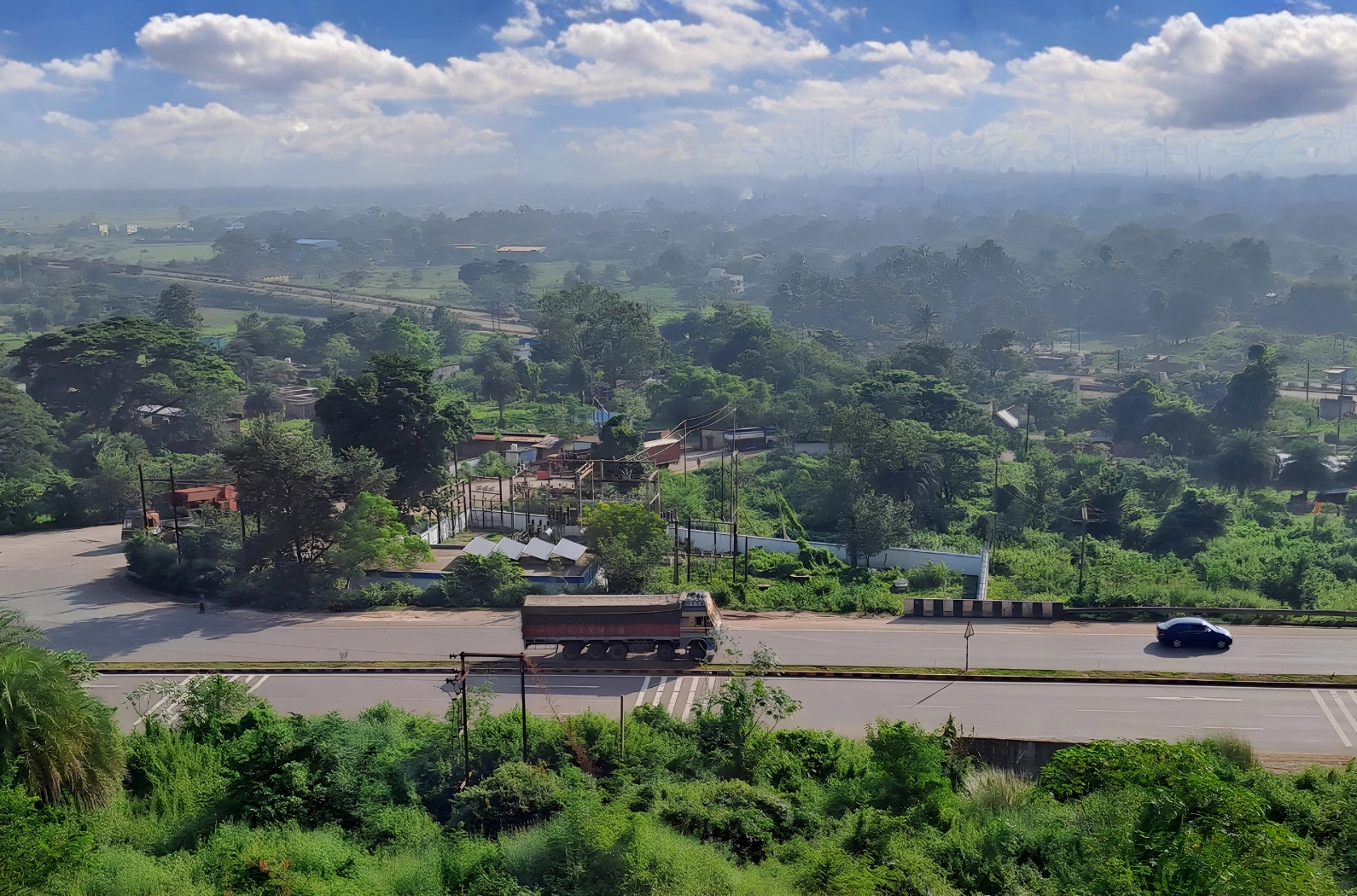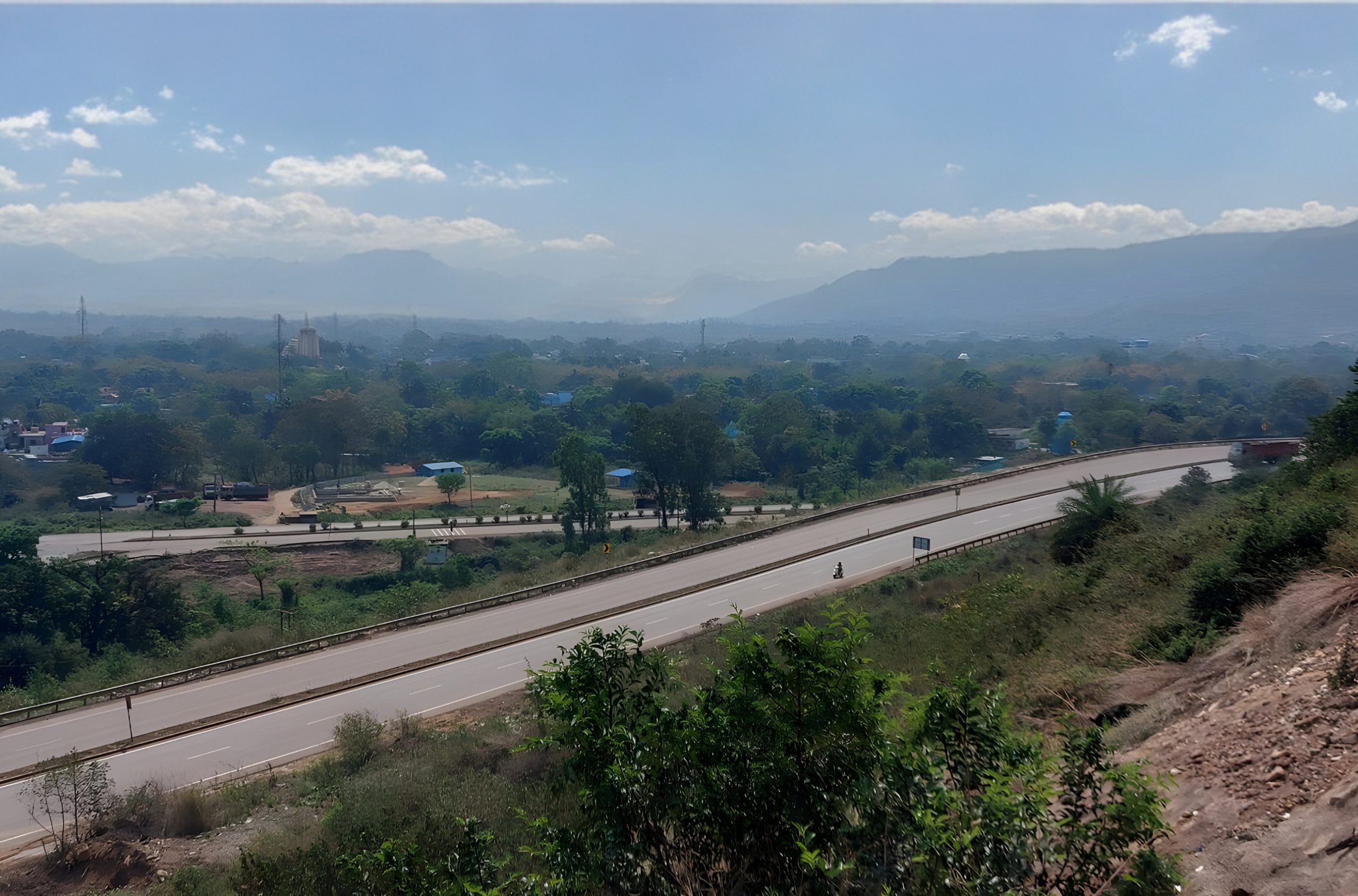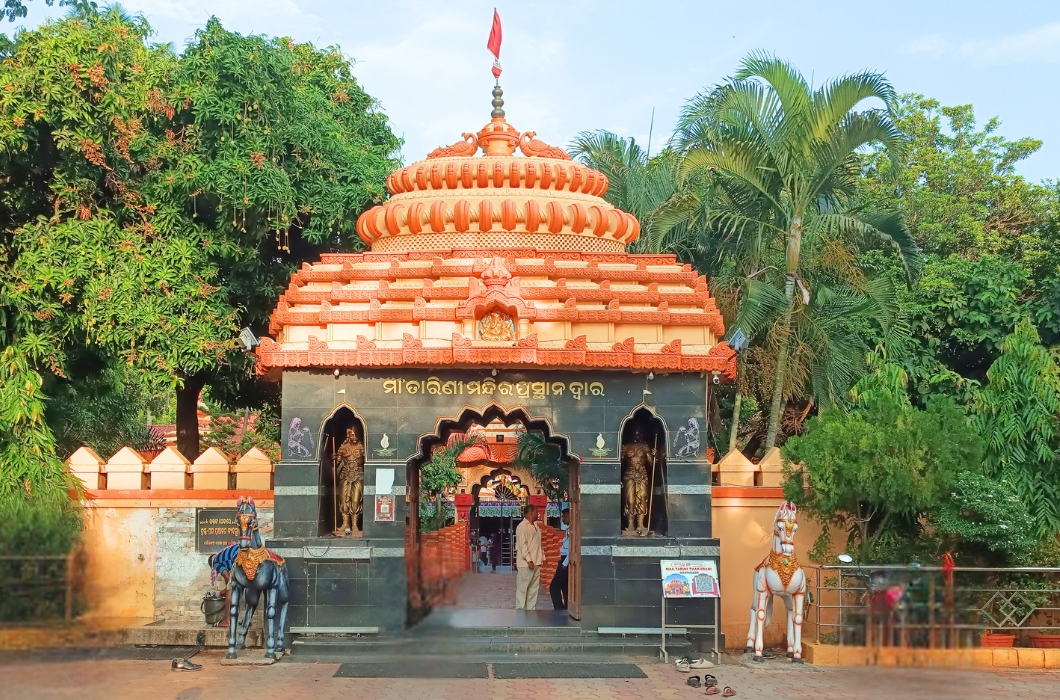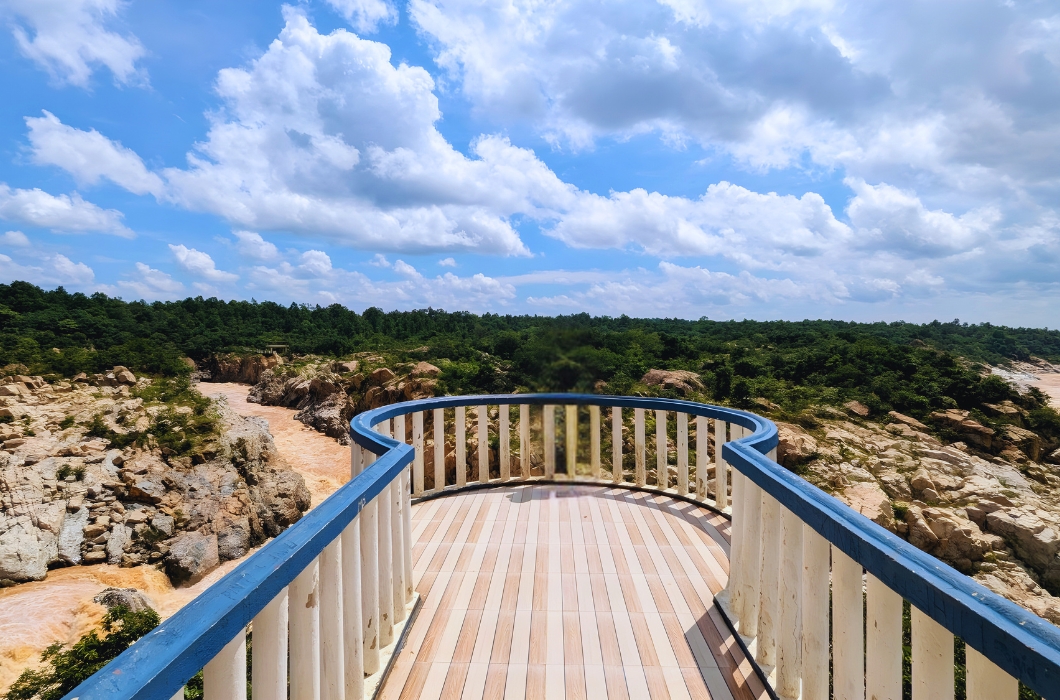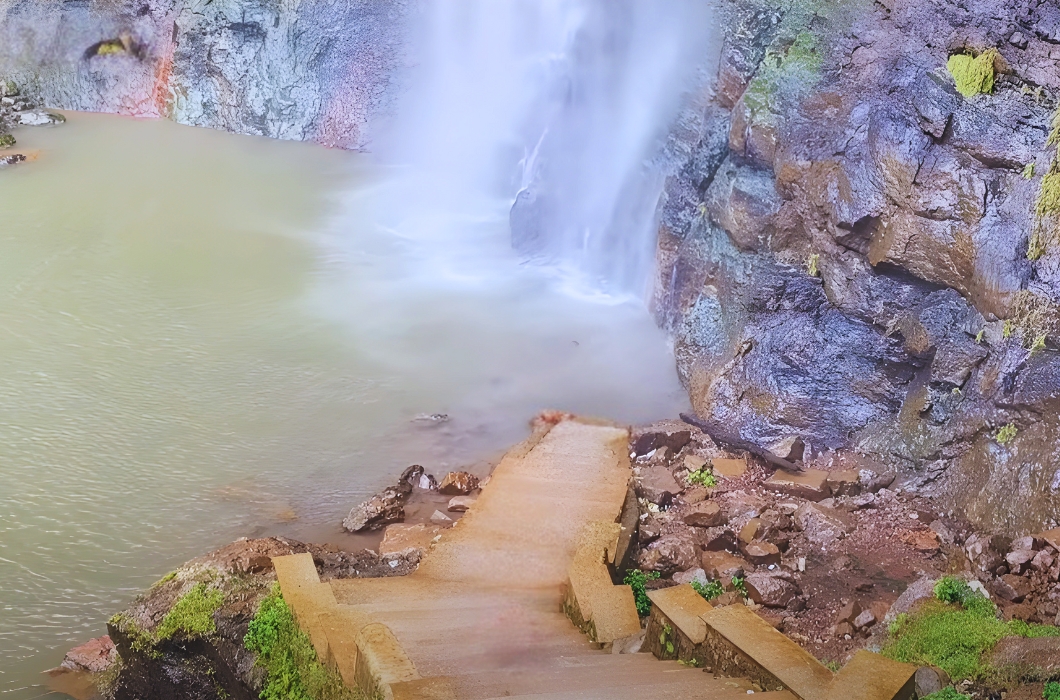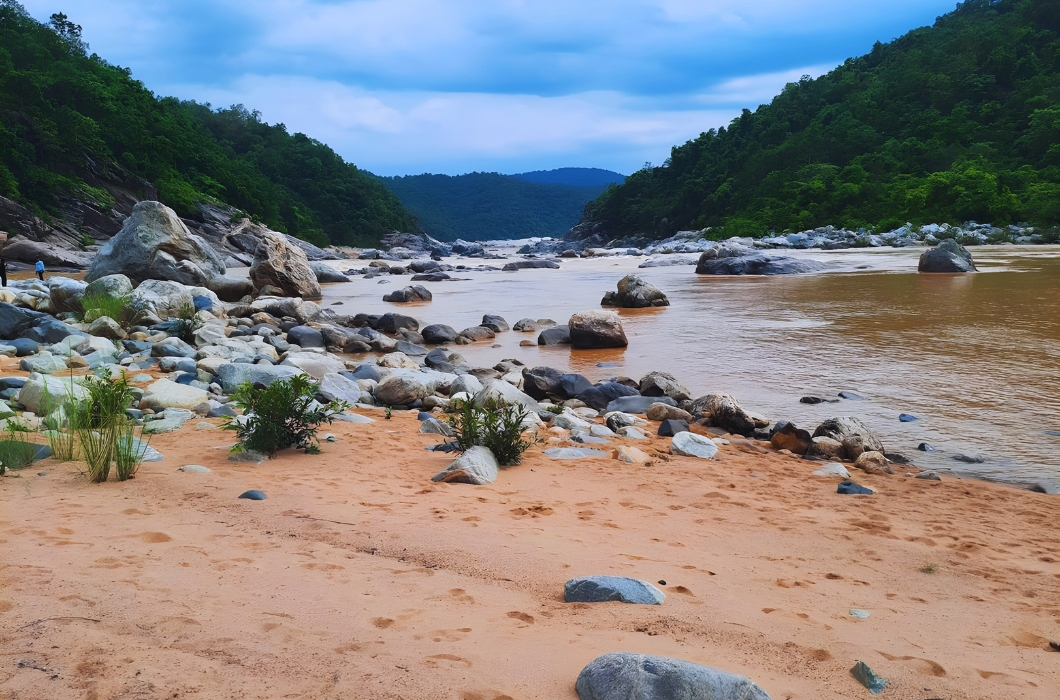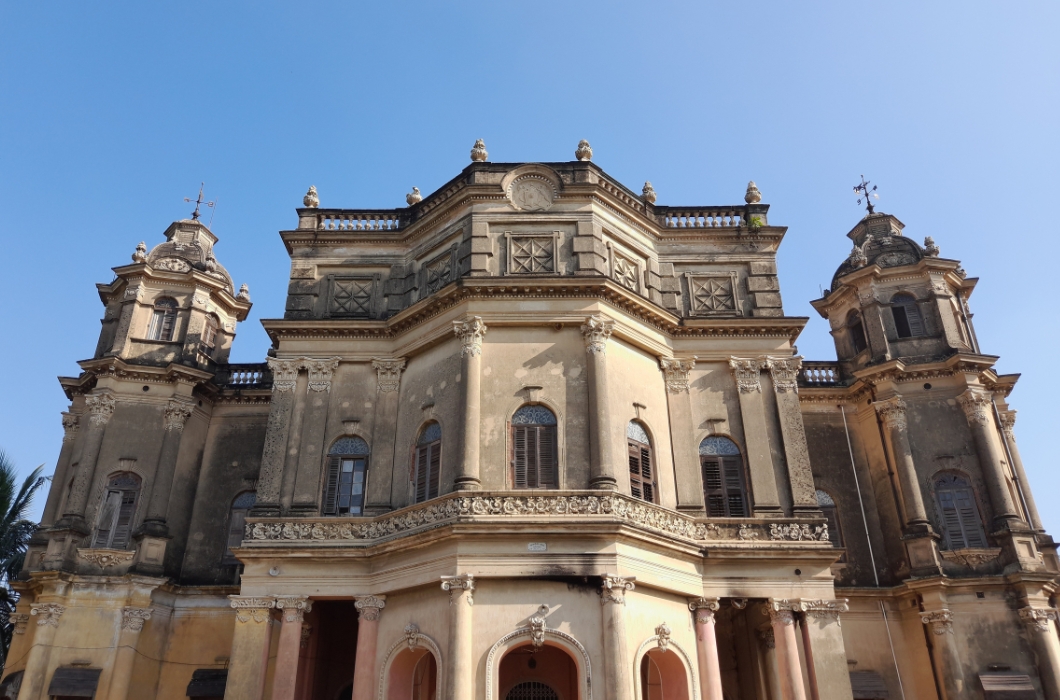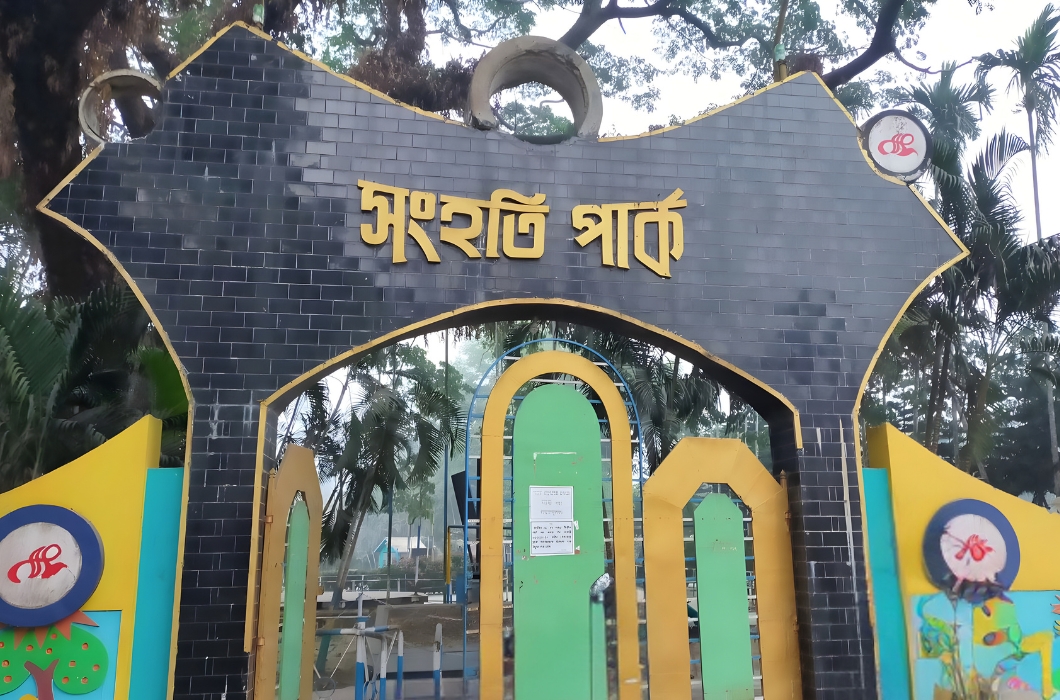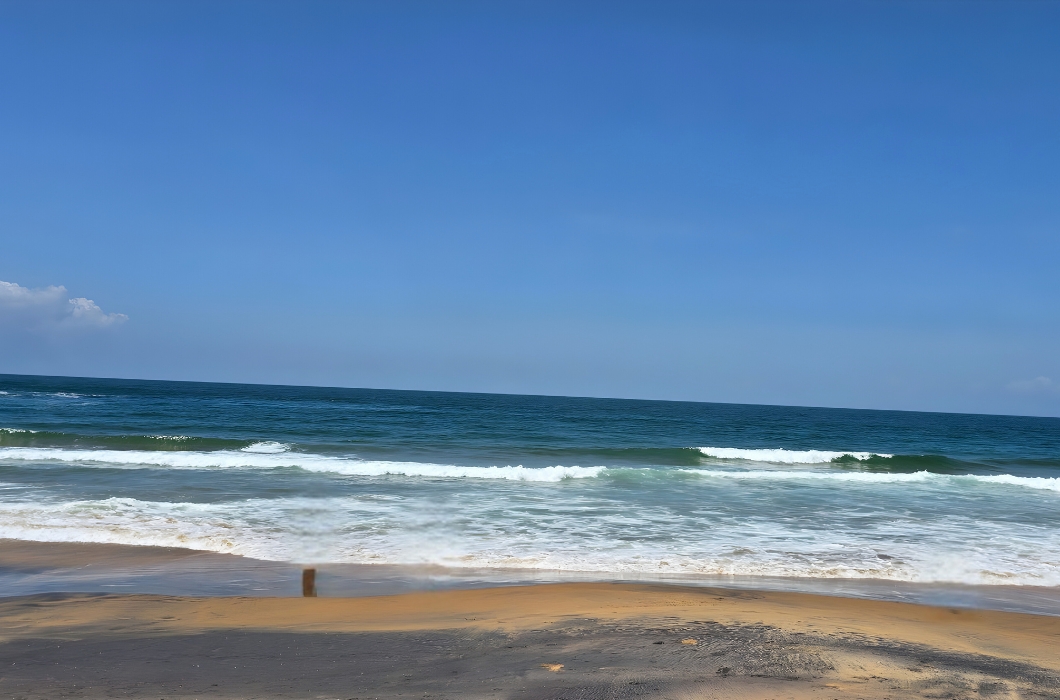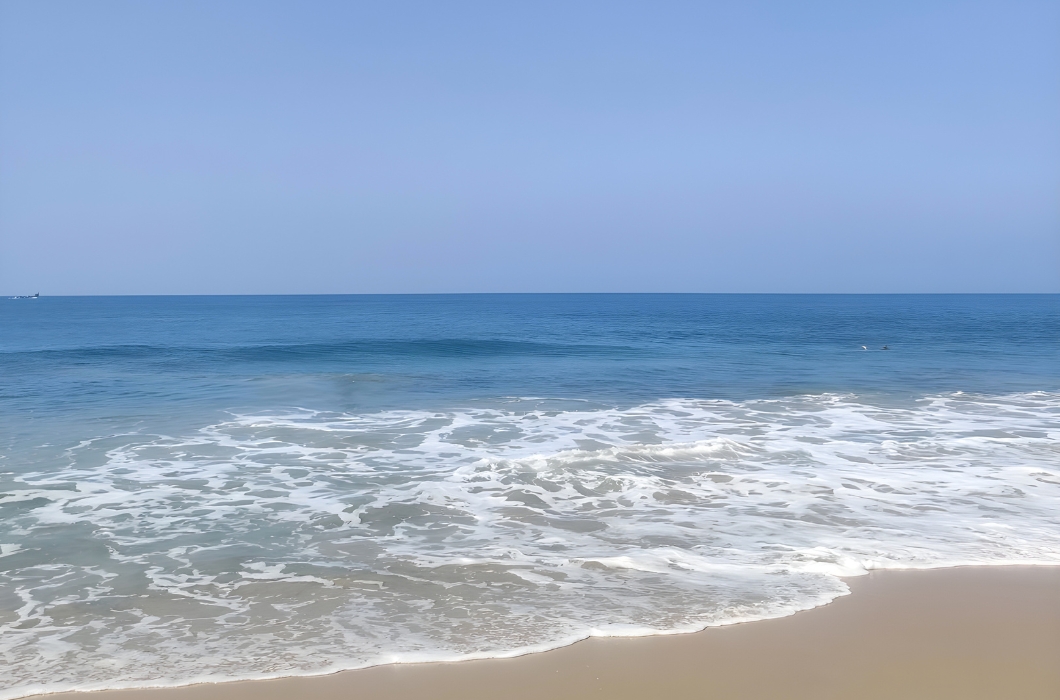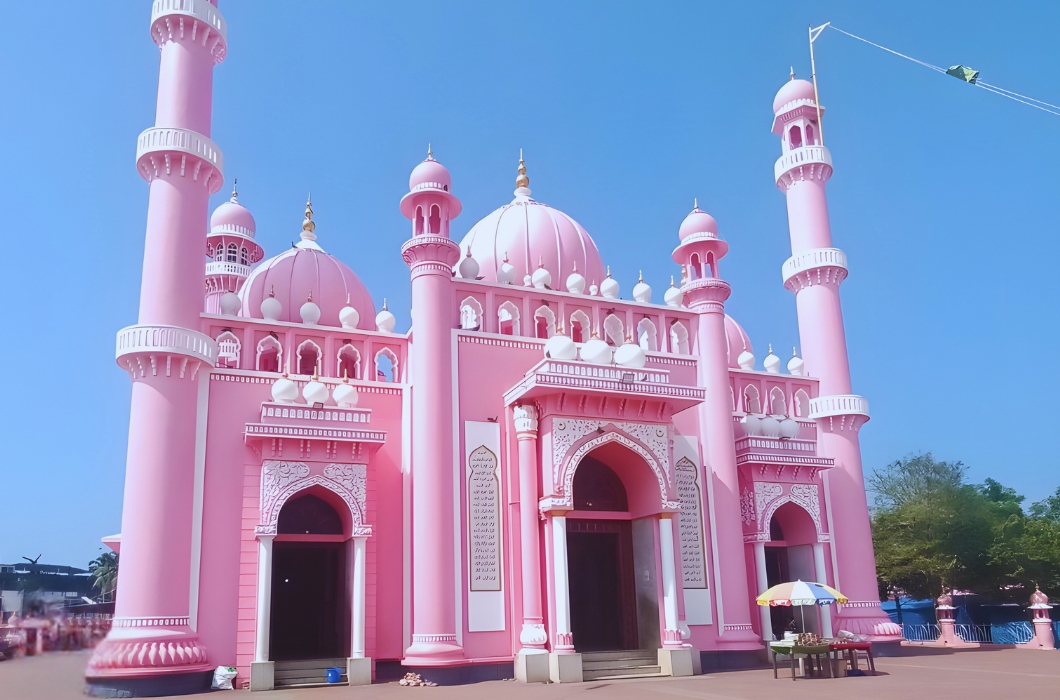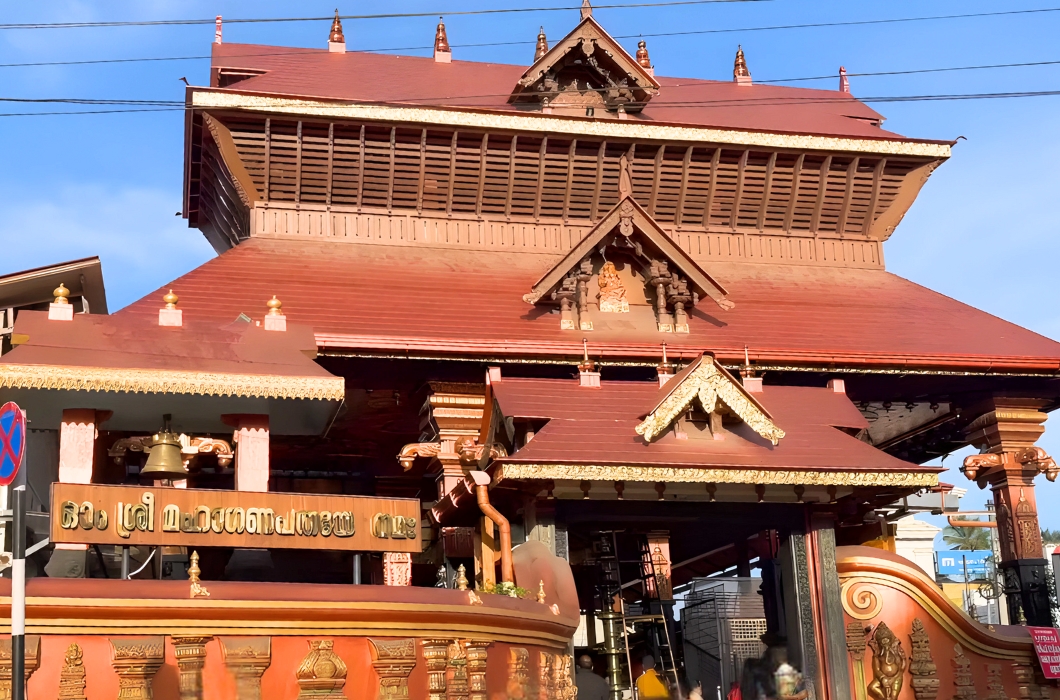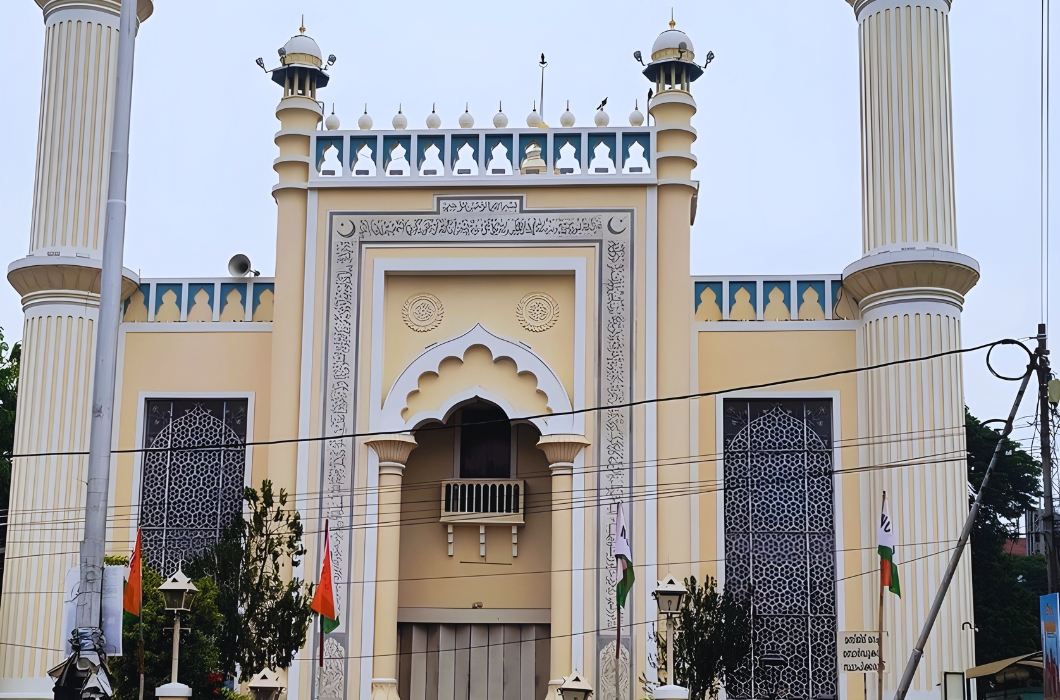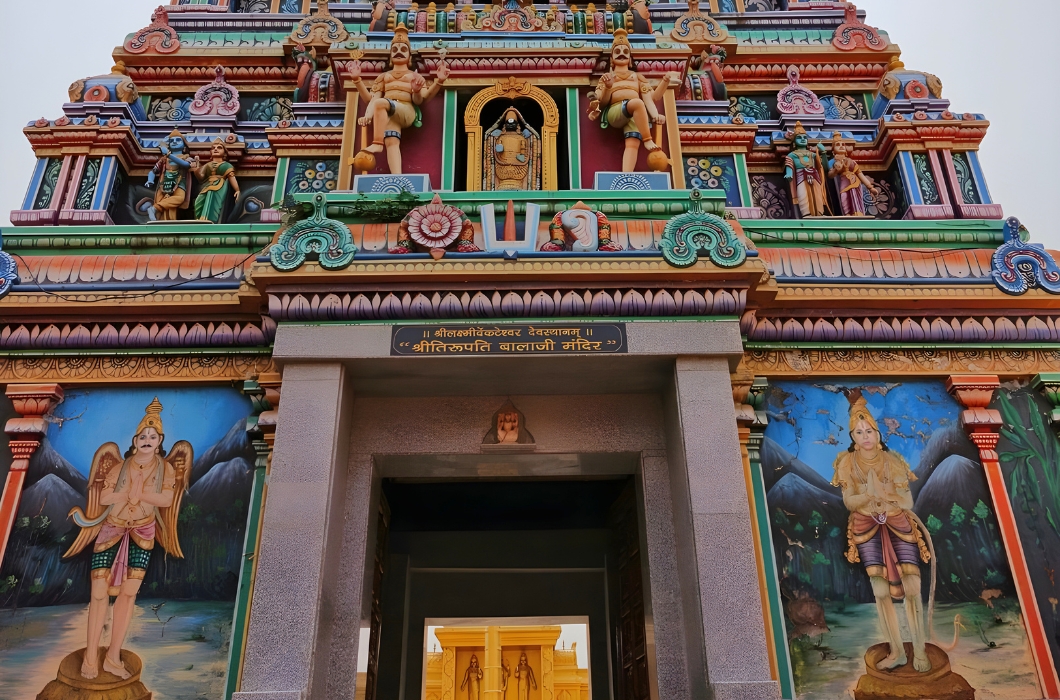Keonjhar’s hill views provide a mesmerizing look into the area’s untamed beauty and rough topography. Tucked away in the Eastern Ghats, the hills of Keonjhar are covered in thick forests, and its meandering roads offer views of the surrounding terrain. Keonjhar Mountain provide witness to the natural diversity of the region, ranging from the serene heights of Gonasika Hills, the starting point of the Baitarani River, to the striking background of Khandadhar Waterfall. Wide-ranging views of undulating green valleys, strewn villages, and the occasional sighting of wildlife await you as you approach these peaks. With its meandering ghat roads, the Kanjipani Ghati provides some of the most spectacular views of the hills, especially in the early morning or late afternoon when the light gives the surroundings a golden tint. Mahabir Hills, which is close to the district office, offers breathtaking views of the surrounding town and woodlands. Keonjhar offers breathtaking views of the hills, whether you’re driving through the rolling countryside or standing atop a hill and staring at the horizon. It’s the ideal place for anyone who values the unadulterated beauty of nature.
Share On Social:
Facebook
Twitter
Pinterest
WhatsApp

